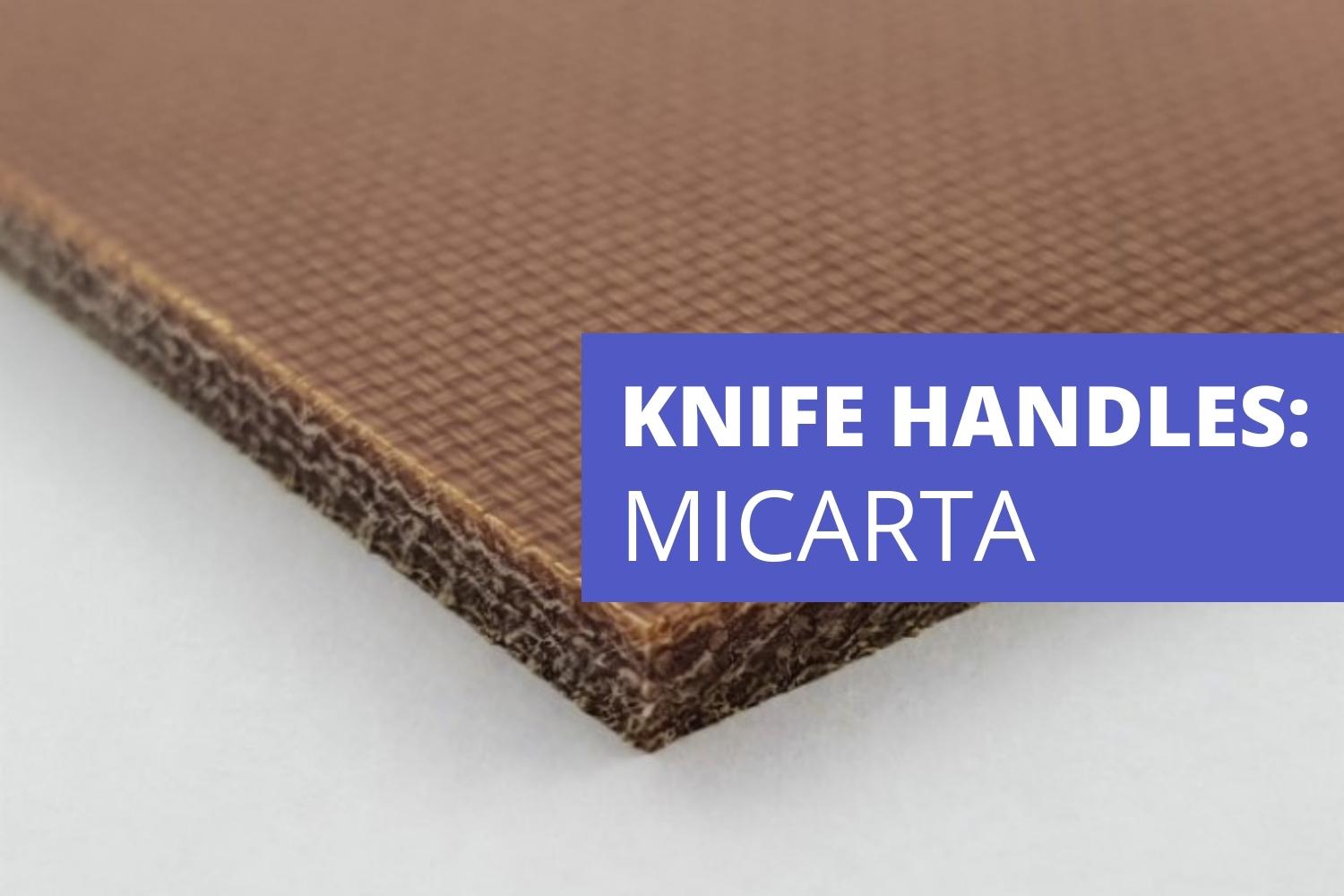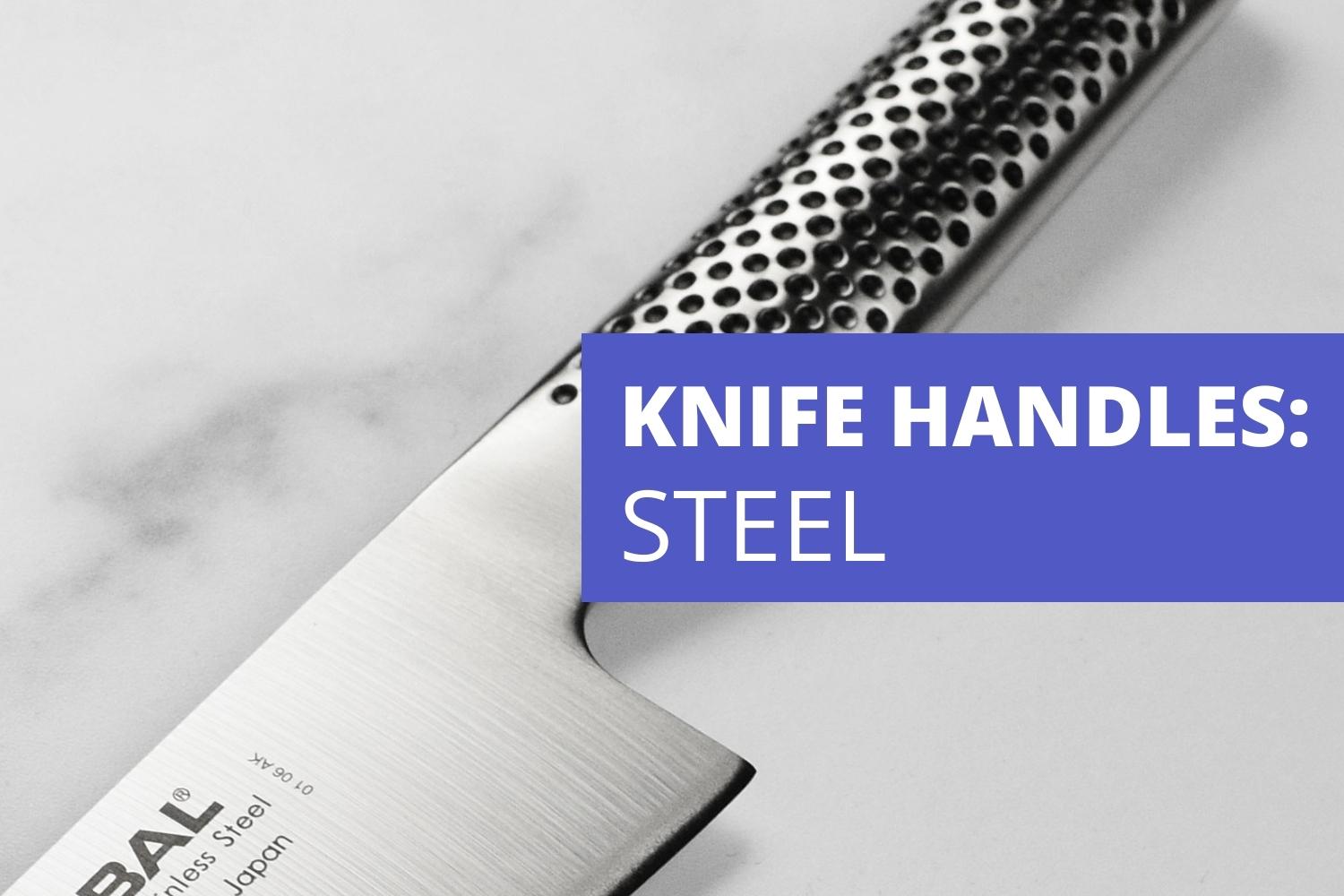The history of Micarta traces way back to 1910, invented and developed by George Westinghouse. Originally, Micarta was utilised in electronic insulations using phenolic resin. However, further development paved the way for various material applications over the years. Micarta is the original industrial knife handle material used for kitchen knives. It’s composed of soaked, heated, and laminated composite material impregnated with reinforcements.
As of now, Micarta is under the trademark of Norplex-Micarta, one of the leading global thermoset solution providers in the United States. Further material development allowed more reinforcement variations combined with the composite material. Consolidated with phenolic resin, melamine, or epoxy, Micarta is a rigid, durable, and aesthetic material many designers love to use worldwide.
Micarta kitchen knife handle is often compared with G10 as both use the synthetic raw material and the same set of reinforcement to create a sturdy knife handle. However, G10 comprises glass fiberglass cloth impregnated, while Micarta material can be composite linen, paper, or cotton.
Famous Micarta Knife Handles
UltreX™ Micarta® is a collection of Micarta knife handle series by Norplex Micarta. It is available in single or variations of colors. Some well-known authorized distributors of UltreX™ Micarta® are USA Knife Maker, Jantz Supply, and Isoma Europe.
- KHS600 *Paper Micarta
- KHS300L *Linen Micarta Standard Colors
- KHS900L * Linen Micarta Combination Color
- KHS300C *Canvas Micarta Standard Colors
- KHS900C * Canvas Micarta Standard Colors
- KHS300J *Burlap Micarta
Pros:
- The composition of the Micarta kitchen knife handle processed through thermosetting allows it to become durable and long-lasting.
- The material is rigid and can withstand scratches and deformation with approximately 12,500+ PSI lengthwise and 8,750+ PSI crosswise tensile strength. Micarta kitchen knife handles are reliable whether paper, linen or canvas impregnated with resin.
- Despite its high durability, the lightweight composition makes it easier to utilise.
- From the design perspective, one advantage of the Micarta handle is its variety of colours and appearance. One good example is the Paper Micarta which provides a smooth and clean finish suitable for kitchen knives. In addition, It has sleek, sturdy, and soft and comes in many colours.
- This handle requires zero to low maintenance as it’s stable and can withstand time and aging. Light brushing with soap or oil will do the trick in cleaning the material.
- If those pros aren’t enough, then the popularity of Micarta can surely satisfy your requirements. Prominent Japanese knife makers such as Miyabi Knife, with 800 years of blacksmithing history, use Micarta in most kitchen knife collections. One is the famous Miyabi Kaizen 5.25 Prep Knife, Miyabi Kaizen 9.5" Chef's Knife, and Miyabi Kaizen 6" Chutoh/Utility.
Cons:
- Production cost-wise, Micarta is the most expensive knife handle material.
- The material hold water and moisture on its surface, which may affect the tightness of the grip and might cause a slippery surface when handling a knife thats wet.
- Manufacturers often have to incorporate some etching of Micarta kitchen knife handles to develop higher grip performance.
- The production of Micarta can cause wastage and higher carbon emissions. For a more eco-friendly composite material, choose Richlite.




